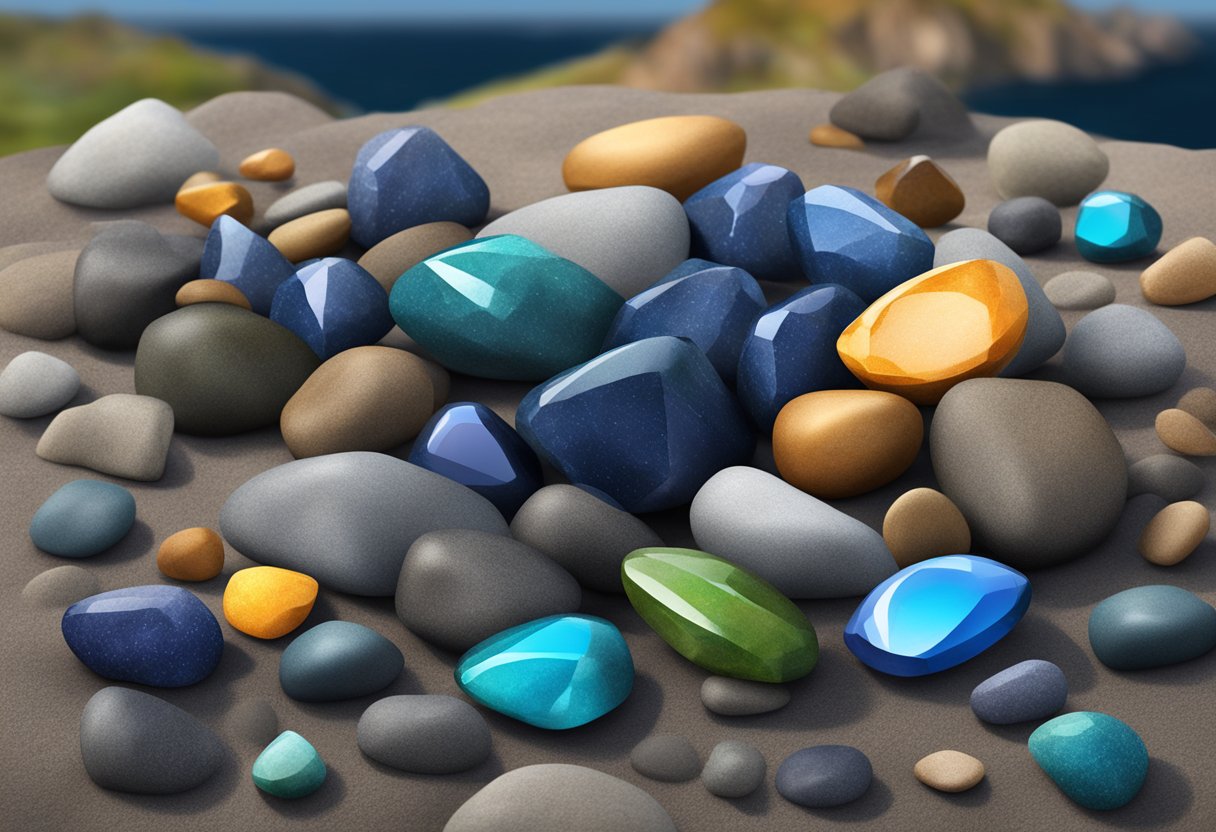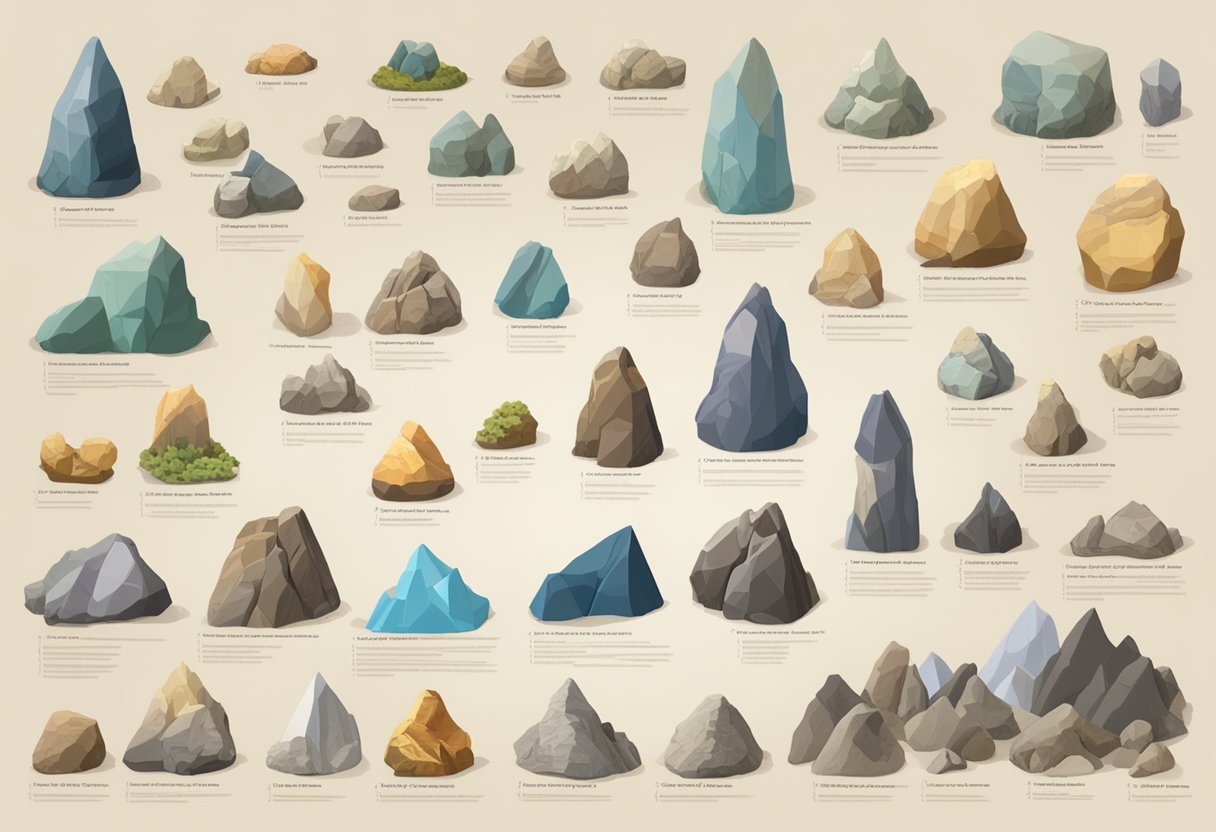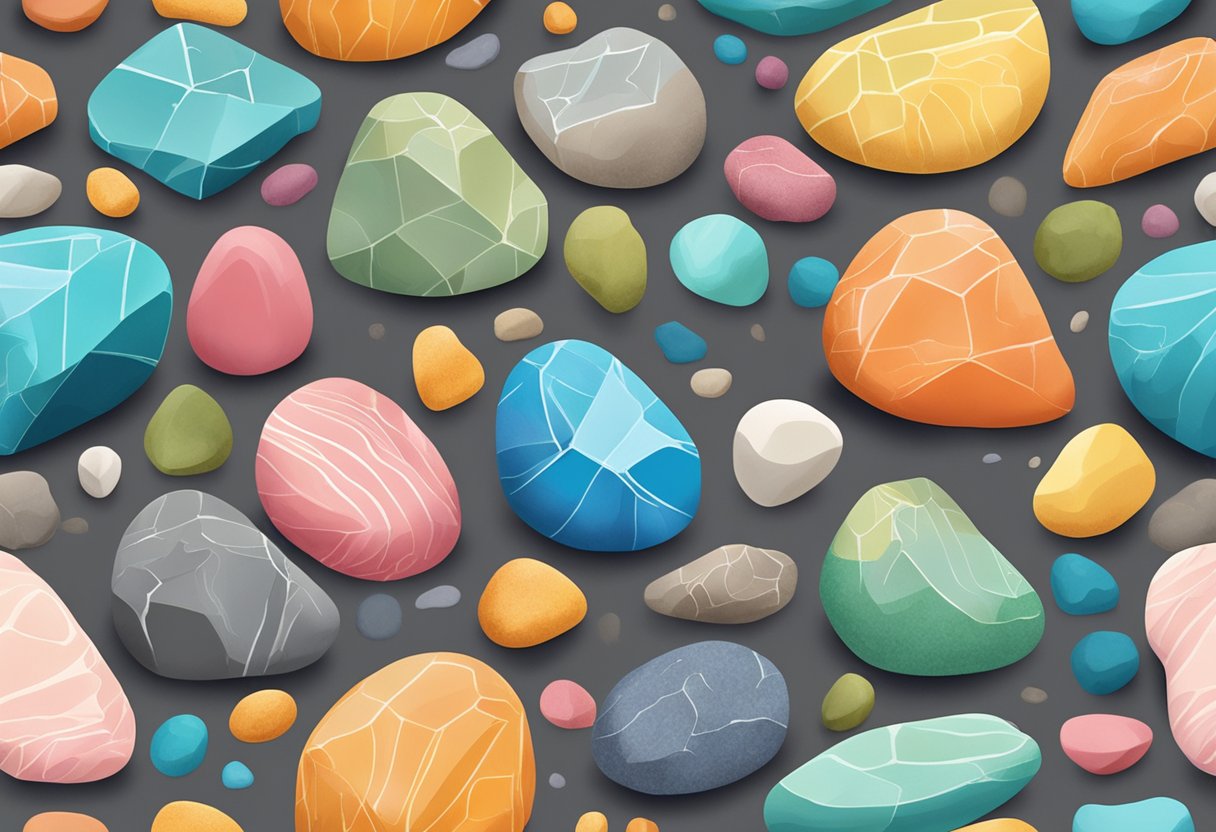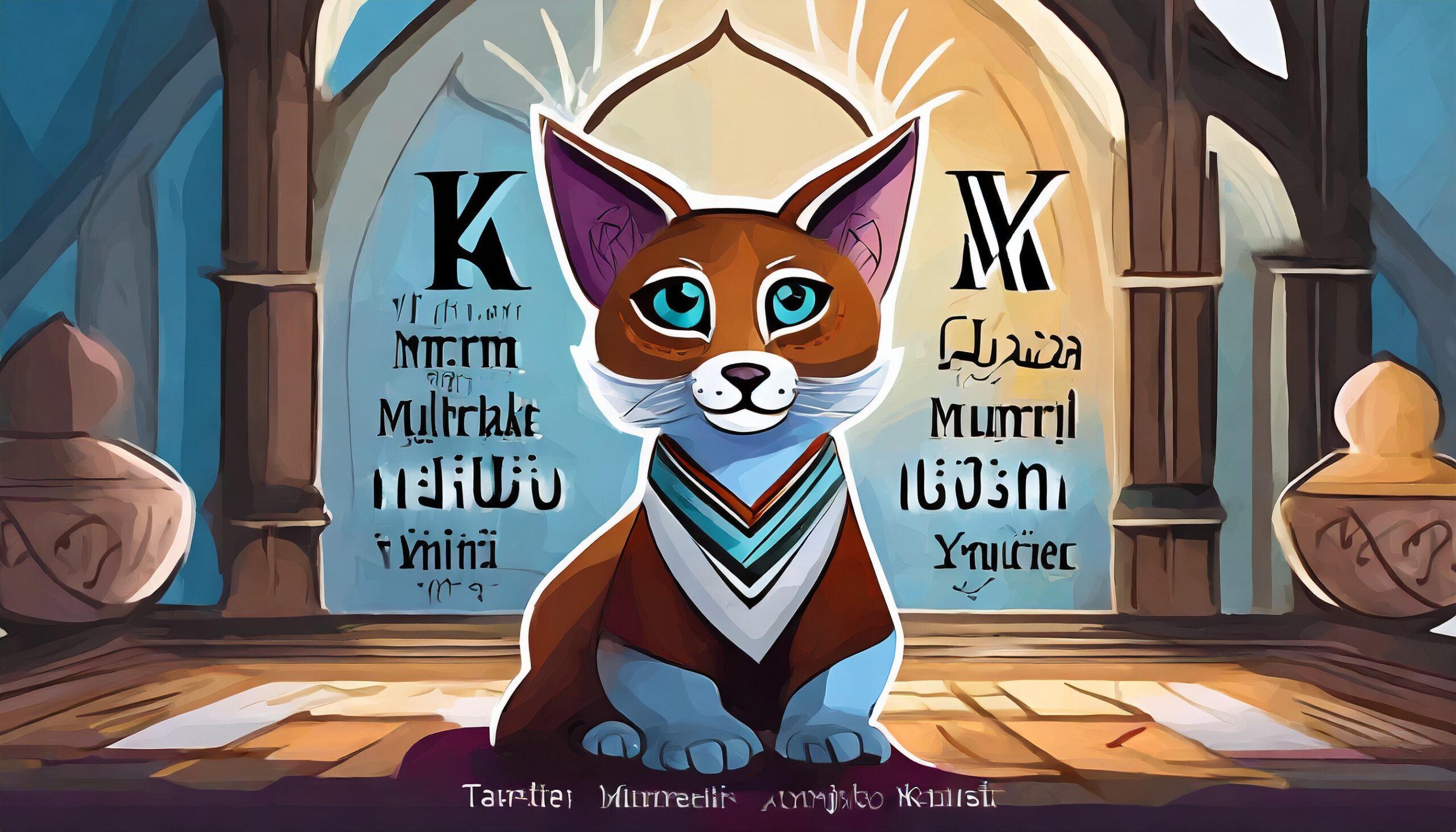Are you looking for a unique and cool name for your pet rock? Or maybe you just want to give your rock collection some personality by naming them. Whatever your reason may be, there are endless possibilities when it comes to naming rocks. From puns to pop culture references, there are so many creative and fun options to choose from.

One popular trend is to give your pet rock a name that is related to its appearance or texture. For instance, if your rock has a smooth surface, you could name it “Silky” or “Smoothie”. If your rock has a rough texture, you could name it “Rocky” or “Scratch”. You could also name your rock after its color, such as “Ruby” or “Sapphire” for red or blue rocks, respectively.
Another option is to get creative with puns or pop culture references. For example, you could name your pet rock “Dwayne” after Dwayne “The Rock” Johnson, or “Pebbles” after the character from The Flintstones. You could also play with words and name your rock “Rocky Bal-BOA” or “Rocky Road”. The possibilities are endless, and the choice is yours.
The Fundamentals of Rock Types

Rocks are naturally occurring solid materials made up of minerals and other substances. They are classified into three main types based on how they are formed: igneous, sedimentary, and metamorphic rocks.
Igneous Rocks
Igneous rocks are formed from molten magma or lava that cools and solidifies. They are classified into two types: intrusive and extrusive. Intrusive igneous rocks are formed when magma cools slowly beneath the Earth’s surface, while extrusive igneous rocks are formed when lava cools quickly on the Earth’s surface.
Some common types of igneous rocks include basalt, diorite, gabbro, granite, obsidian, pumice, and rhyolite. These rocks are made up of different rock-forming minerals such as quartz, feldspar, and mica.
Sedimentary Rocks
Sedimentary rocks are formed from the accumulation of sediment, which is made up of particles such as sand, silt, and clay. Over time, these particles are compacted and cemented together to form sedimentary rocks.
Some common types of sedimentary rocks include sandstone, shale, conglomerate, limestone, chalk, and coal. Sedimentary rocks are often used to study the history of the Earth because they can contain fossils and other evidence of past environments.
Metamorphic Rocks
Metamorphic rocks are formed when existing rocks are subjected to heat and pressure, causing them to change form. This process can occur due to tectonic activity or contact with magma.
Some common types of metamorphic rocks include quartzite, marble, slate, schist, and gneiss. These rocks have a unique texture and composition that is different from their original form.
Understanding the fundamentals of rock types is important for geologists and anyone interested in learning about the Earth’s history. By studying rocks, we can learn about the minerals and elements that make up the Earth and how they have changed over time due to geological processes.
Mineral Composition and Crystal Structure

When it comes to rocks, the mineral composition and crystal structure play a crucial role in determining their properties and coolness factor. In this section, we will explore the most common minerals found in rocks and their unique crystal formations.
Common Minerals in Rocks
Rocks are made up of various minerals, which are solid substances with a specific chemical composition. Some of the most common minerals found in rocks include quartz, feldspar, mica, calcite, olivine, hornblende, amphibole, plagioclase, pyroxene, and biotite. Each mineral has its own unique properties, such as color, hardness, and luster.
Quartz, for example, is a mineral that is commonly found in many types of rocks. It has a crystal structure that is hexagonal in shape and is often used in jewelry due to its beautiful colors and clarity. Feldspar is another common mineral that is found in many types of rocks, including granite and gneiss. It has a unique crystal structure that is rectangular in shape and is often used in ceramics due to its ability to withstand high temperatures.
Unique Crystal Formations
Crystals are a unique feature of many rocks and can come in a variety of shapes and sizes. Geodes, for example, are rocks that have a hollow cavity lined with crystals. They are often found in volcanic rocks and can contain a variety of minerals, such as amethyst, smoky quartz, and citrine.
Beryl is another mineral that is known for its unique crystal formations. It can come in a variety of colors, such as blue, green, and pink, and has a hexagonal crystal structure. Another mineral with a unique crystal structure is biotite, which is a type of mica that is often found in granite and other igneous rocks. It has a layered crystal structure that gives it a unique appearance.
In conclusion, the mineral composition and crystal structure of rocks play a crucial role in determining their coolness factor. By understanding the properties of common minerals and unique crystal formations, you can appreciate the beauty and complexity of rocks in a whole new way.
Aesthetic and Collectible Stones

If you’re looking for stones that are not only visually appealing but also make for great additions to your collection, then you’re in the right place. Here are some of the most aesthetic and collectible stones that you can add to your collection.
Gemstones and Ornamentals
Gemstones and ornamentals are some of the most popular collectible stones. These stones are prized for their beauty, rarity, and value. Some popular gemstones include lapis lazuli, labradorite, fluorite, tourmaline, and orthoclase. These stones are often cut and polished into cabochons, which are then used in jewelry making.
Ornamentals, on the other hand, are stones that are prized for their visual appeal but are not necessarily valuable. Some popular ornamentals include agate, jasper, and puddingstone. These stones are often used in rock tumbling or as decorative pieces.
Rock Collecting Essentials
If you’re serious about rock collecting, there are some essentials that you’ll need to have in your collection kit. One of the most important tools is a hand lens, which allows you to examine the texture and details of a rock up close. Hardness picks are also essential, as they allow you to determine the hardness of a rock.
When it comes to collecting rocks, there is no right or wrong way to do it. Some people prefer to collect tumbled stones, while others prefer to collect raw specimens. Whatever your preference, make sure to keep your collection organized and labeled.
Soapstone and mariposite are two stones that are popular among rock collectors. Soapstone is a soft, smooth stone that is easy to carve and is often used in sculpture making. Mariposite, on the other hand, is a green stone that is often used in decorative pieces.
Spectrolite is another stone that is prized for its beauty. This stone is a type of labradorite that displays a wide range of colors and is often used in jewelry making.
In conclusion, whether you’re a seasoned rock collector or just starting out, there are plenty of aesthetic and collectible stones to choose from. Just make sure to do your research and choose stones that appeal to you.







Bir yanıt yazın